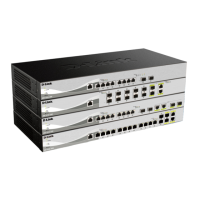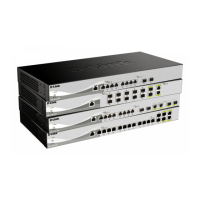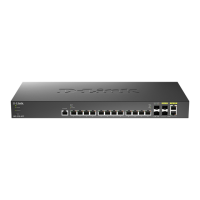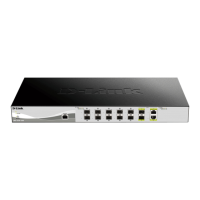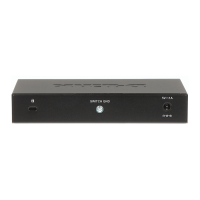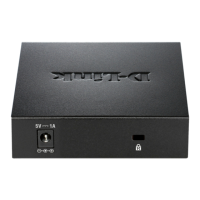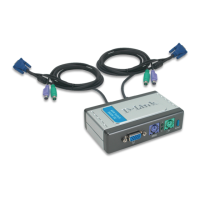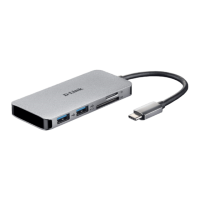
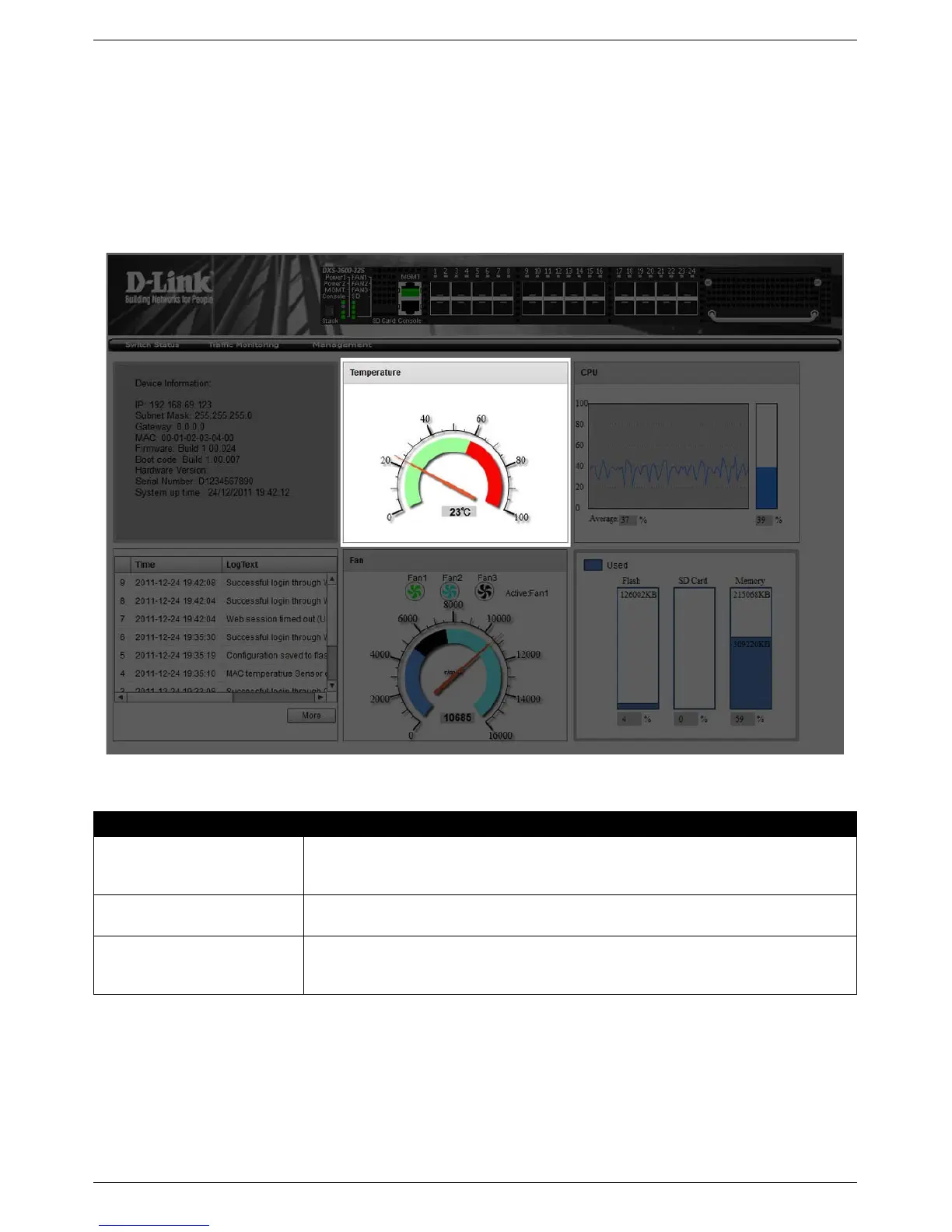 Loading...
Loading...
Do you have a question about the D-Link DXS-3600-32S and is the answer not in the manual?
Details available access platforms for switch management (CLI, SNMP, Web).
Guide on accessing the switch via a web browser and HTTP protocol.
Steps to access the Web UI by entering the switch's IP address.
Overview of the main display areas within the Web UI.
Displays basic switch details like IP, MAC, firmware, and uptime.
Real-time display of the switch's internal temperature and warning levels.
Real-time display of the switch's CPU usage percentage.
View system log entries generated by the switch for event tracking.
Real-time display of the switch's fan status and RPM.
Displays memory usage for Flash, SD Card, and RAM.
Monitor per-port traffic in received (Rx) or transmitted (Tx) directions.
Monitor per-port traffic by type, such as Unicast, Multicast, Broadcast.
Monitor per-port traffic based on packet size ranges.
Monitor per-port traffic for specific error types and directions.
Procedure for downloading firmware files to the switch.
Procedure for downloading the current switch configuration.
Procedure for uploading new firmware files to the switch.
Procedure for uploading a saved configuration file to the switch.

